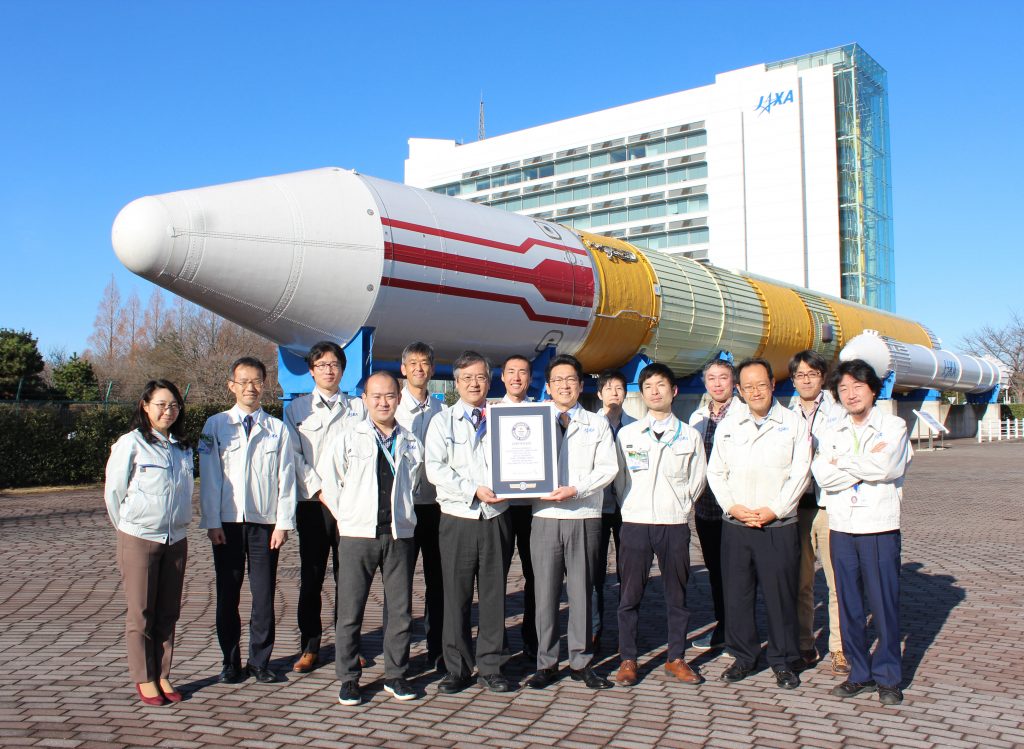
- ARAB NEWS
- 01 Aug 2025

Staff Writer, Dubai
The Super Low Altitude Test Satellite, TSUBAME, was registered by the Guinness World Records as having the “lowest altitude by an Earth observation satellite in orbit,” the Japan Aerospace Exploration Agency (JAXA) has announced recently.
The space agency reported that TSUBAME achieved an orbit of 167.4 km during its mission from Dec. 23, 2017 to Oct. 1 this year.
The satellite had an ion engine and gas-jet thrusters that allowed it to orbit at such low altitudes. TSUBAME was also able to capture high-resolution images, “despite the atmospheric drag and density of atomic oxygen present in super low altitudes,” reported JAXA.
When a satellite is in orbit at a low altitude, it is exposed to “1,000 times more atmospheric resistance and concentrated atomic oxygen that would cause it to deteriorate,” however, TSUBAME was able to orbit at a record-breaking low altitude.
According to JAXA, “the satellite also succeeded in demonstrating that the material developed has the ability to withstand exposure to atomic oxygen for a long period of time.”
Sasaki Masanori, the Super Low Altitude Test Satellite’s project manager, said that they managed to “create this unprecedented satellite that is able to maintain orbit in super low altitude, not only because of the systematic and fundamental technologies that we possess to develop and operate artificial satellites, but also because of the high level of science and technology we have in Japan.”
JAXA is conducting research to make use of orbit altitudes of less than 300 km for future earth observations and other purposes.